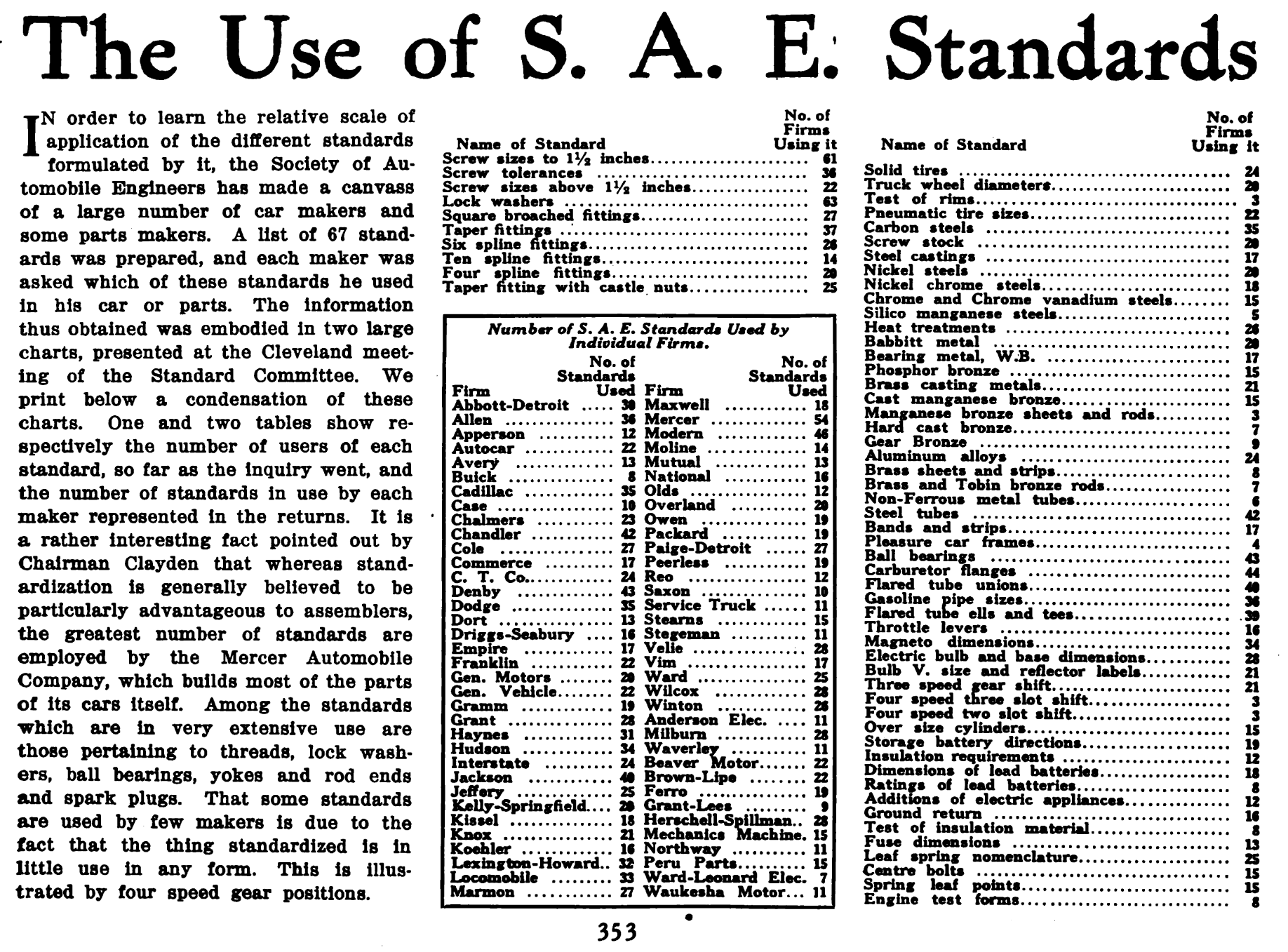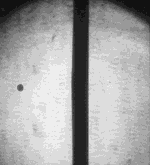|
Microsecond Bus
The Microsecond Bus, μSB or MSB is an asymmetric serial communication interface specification for short-distance communication between a master and multiple slaves. The MSB has been developed in the first place for motor management applications in order to reduce the classical pulse-width modulation (PWM) of power loads by a fast serial interface with low pin count and low latency for the downstream to the smart power device. The downstream from master to slave is synchronous with low latency, while the upstream, mainly used to send diagnostic information from the slave back to the master is asynchronous, and can be slower. The name of the bus originates from the time of one microsecond to transmit 16 bits in one of the first implementations. The bus was developed by Infineon and published in SAE International in 2005.N Kelling, M König, K McNair, Microsecond Bus, SAE, 2005, http://papers.sae.org/2005-01-0057/ In the meantime the bus has been adopted by several other automotive se ... [...More Info...] [...Related Items...] OR: [Wikipedia] [Google] [Baidu] |
Microsecond Bus
The Microsecond Bus, μSB or MSB is an asymmetric serial communication interface specification for short-distance communication between a master and multiple slaves. The MSB has been developed in the first place for motor management applications in order to reduce the classical pulse-width modulation (PWM) of power loads by a fast serial interface with low pin count and low latency for the downstream to the smart power device. The downstream from master to slave is synchronous with low latency, while the upstream, mainly used to send diagnostic information from the slave back to the master is asynchronous, and can be slower. The name of the bus originates from the time of one microsecond to transmit 16 bits in one of the first implementations. The bus was developed by Infineon and published in SAE International in 2005.N Kelling, M König, K McNair, Microsecond Bus, SAE, 2005, http://papers.sae.org/2005-01-0057/ In the meantime the bus has been adopted by several other automotive se ... [...More Info...] [...Related Items...] OR: [Wikipedia] [Google] [Baidu] |
Serial Communication
In telecommunication and data transmission, serial communication is the process of sending data one bit at a time, sequentially, over a communication channel or computer bus. This is in contrast to parallel communication, where several bits are sent as a whole, on a link with several parallel channels. Serial communication is used for all long-haul communication and most computer networks, where the cost of cable and synchronization difficulties make parallel communication impractical. Serial computer buses are becoming more common even at shorter distances, as improved signal integrity and transmission speeds in newer serial technologies have begun to outweigh the parallel bus's advantage of simplicity (no need for serializer and deserializer, or SerDes) and to outstrip its disadvantages (clock skew, interconnect density). The migration from PCI to PCI Express is an example. Cables Many serial communication systems were originally designed to transfer data over relatively ... [...More Info...] [...Related Items...] OR: [Wikipedia] [Google] [Baidu] |
Infineon
Infineon Technologies AG is a German semiconductor manufacturer founded in 1999, when the semiconductor operations of the former parent company Siemens AG were spun off. Infineon has about 50,280 employees and is one of the ten largest semiconductor manufacturers worldwide. In fiscal year 2021, the company achieved sales of €11.06 billion. Infineon bought Cypress Semiconductor in April 2020. Markets Infineon markets semiconductors and systems for automotive, industrial, and multimarket sectors, as well as chip card and security products. Infineon has subsidiaries in the US in Milpitas, California, and in the Asia-Pacific region, in Singapore and Tokyo, Japan. Infineon has a number of facilities in Europe, one in Dresden. Infineon's high power segment is in Warstein, Germany; Villach and Graz in Austria; Cegléd in Hungary; and Italy. It also runs R&D centers in France, Singapore, Romania, Taiwan, UK, Ukraine and India, as well as fabrication units in Singapore, Malaysia, ... [...More Info...] [...Related Items...] OR: [Wikipedia] [Google] [Baidu] |
SAE International
SAE International, formerly named the Society of Automotive Engineers, is a United States-based, globally active professional association and standards developing organization for engineering professionals in various industries. SAE International's world headquarters is in Warrendale, Pennsylvania, 20 miles north of Pittsburgh, Pennsylvania. Principal emphasis is placed on global transport industries such as aerospace, automotive, and commercial vehicles. The organization adopted the name SAE International to reflect the broader emphasis on mobility. SAE International has over 138,000 global members. Membership is granted to individuals, rather than companies. Aside from its standardization efforts, SAE International also devotes resources to projects and programs in STEM education, professional certification, and collegiate design competitions. For historical legacy reasons, the label "SAE" is commonly used on tools and hardware in North America to indicate United States ... [...More Info...] [...Related Items...] OR: [Wikipedia] [Google] [Baidu] |
Microsecond Bus LVDS Frame
A microsecond is a unit of time in the International System of Units (SI) equal to one millionth (0.000001 or 10−6 or ) of a second. Its symbol is μs, sometimes simplified to us when Unicode is not available. A microsecond is equal to 1000 nanoseconds or of a millisecond. Because the next SI prefix is 1000 times larger, measurements of 10−5 and 10−4 seconds are typically expressed as tens or hundreds of microseconds. Examples * 1 microsecond (1 μs) – cycle time for frequency (1 MHz), the inverse unit. This corresponds to radio wavelength 300 m (AM medium wave band), as can be calculated by multiplying 1 μs by the speed of light (approximately ). * 1 microsecond – the length of time of a high-speed, commercial strobe light flash (see air-gap flash). * 1 microsecond – protein folding takes place on the order of microseconds. * 1.8 microseconds – the amount of time subtracted from the Earth's day as a result of the 2011 Japanese earthquake. * 2 mi ... [...More Info...] [...Related Items...] OR: [Wikipedia] [Google] [Baidu] |
Logic Level
In digital circuits, a logic level is one of a finite number of states that a digital signal can inhabit. Logic levels are usually represented by the voltage difference between the signal and ground, although other standards exist. The range of voltage levels that represent each state depends on the logic family being used. A '' logic-level shifter'' can be used to allow compatibility between different circuits. 2-level logic In binary logic the two levels are logical high and logical low, which generally correspond to binary numbers 1 and 0 respectively. Signals with one of these two levels can be used in boolean algebra for digital circuit design or analysis. Active state The use of either the higher or the lower voltage level to represent either logic state is arbitrary. The two options are active high and active low. Active-high and active-low states can be mixed at will: for example, a read only memory integrated circuit may have a chip-select signal that is active-low, bu ... [...More Info...] [...Related Items...] OR: [Wikipedia] [Google] [Baidu] |
Serial Peripheral Interface
The Serial Peripheral Interface (SPI) is a synchronous serial communication interface specification used for short-distance communication, primarily in embedded systems. The interface was developed by Motorola in the mid-1980s and has become a ''de facto'' standard. Typical applications include Secure Digital cards and liquid crystal displays. SPI devices communicate in full duplex mode using a master-slave architecture usually with a single master (though some Atmel and Silabs devices support changing roles on the fly depending on an external (SS) pin). The master (controller) device originates the frame for reading and writing. Multiple slave-devices may be supported through selection with individual chip select (CS), sometimes called slave select (SS) lines. Sometimes SPI is called a ''four-wire'' serial bus, contrasting with three-, two-, and one-wire serial buses. The SPI may be accurately described as a synchronous serial interface, but it is different from the Sync ... [...More Info...] [...Related Items...] OR: [Wikipedia] [Google] [Baidu] |
LVDS
Low-voltage differential signaling (LVDS), also known as TIA/EIA-644, is a technical standard that specifies electrical characteristics of a differential, serial signaling standard. LVDS operates at low power and can run at very high speeds using inexpensive twisted-pair copper cables. LVDS is a physical layer specification only; many data communication standards and applications use it and add a data link layer as defined in the OSI model on top of it. LVDS was introduced in 1994, and has become popular in products such as LCD-TVs, in-car entertainment systems, industrial cameras and machine vision, notebook and tablet computers, and communications systems. The typical applications are high-speed video, graphics, video camera data transfers, and general purpose computer buses. Early on, the notebook computer and LCD display vendors commonly used the term LVDS instead of FPD-Link when referring to their protocol, and the term ''LVDS'' has mistakenly become synonymous with ' ... [...More Info...] [...Related Items...] OR: [Wikipedia] [Google] [Baidu] |
List Of Network Buses
List of electrical characteristics of single collision domain segment "slow speed" network buses: {, class="wikitable sortable" style="width:100%;" ! Name !! Multidrop !! Max nodes !! Electrical type !! Cable type !! data-sort-type="number", Max bitrate [kbit/s] !data-sort-type="number", Length at max bitrate!! data-sort-type="number" , Max length [m] !data-sort-type="number", Bitrate at max length , - , , , , , , , , , , , , , , , , - , EIA-485 , , Y , , 256 , , EIA-485 , , Twisted pair , , , , , , , - , SCSI-1/2 , , Y , , 8 , , Open collector , , Ribbon cable , , , , , , , - , SCSI Ultra2 , , Y , , 16 , , EIA-485 , , Twisted pair , , , , , , , - , LIN, , Y , , 16 , , Open collector, , open collector with pull-up to 12V car supply , , , , , , - , SIOX , , Y , , 62 , , , , , , , , , , , - , I²C , , Y , , 127 or 1023 , , Open collector , , , , , , , , , - , SMBus , , Y , , 128 , , Open co ... [...More Info...] [...Related Items...] OR: [Wikipedia] [Google] [Baidu] |
Computer Buses
In computer architecture, a bus (shortened form of the Latin '' omnibus'', and historically also called data highway or databus) is a communication system that transfers data between components inside a computer, or between computers. This expression covers all related hardware components (wire, optical fiber, etc.) and software, including communication protocols. Early computer buses were parallel electrical wires with multiple hardware connections, but the term is now used for any physical arrangement that provides the same logical function as a parallel electrical busbar. Modern computer buses can use both parallel and bit serial connections, and can be wired in either a multidrop (electrical parallel) or daisy chain topology, or connected by switched hubs, as in the case of Universal Serial Bus (USB). Background and nomenclature Computer systems generally consist of three main parts: * The central processing unit (CPU) that processes data, * The memory that holds the p ... [...More Info...] [...Related Items...] OR: [Wikipedia] [Google] [Baidu] |





